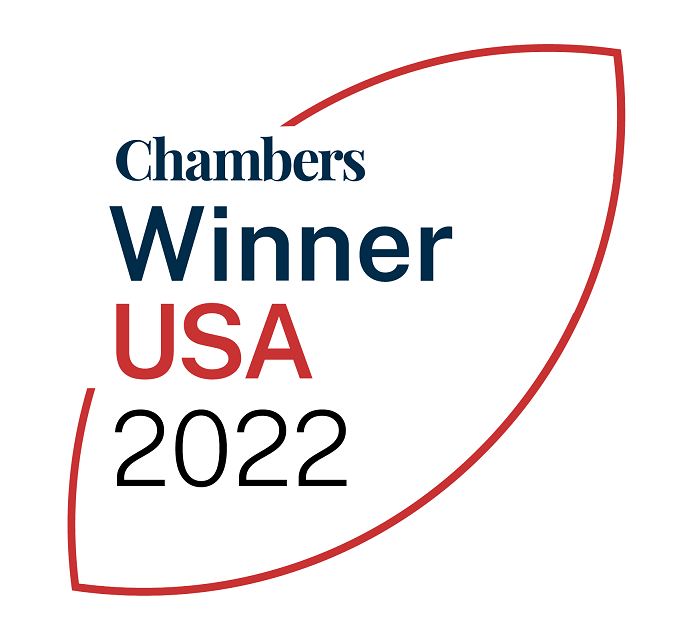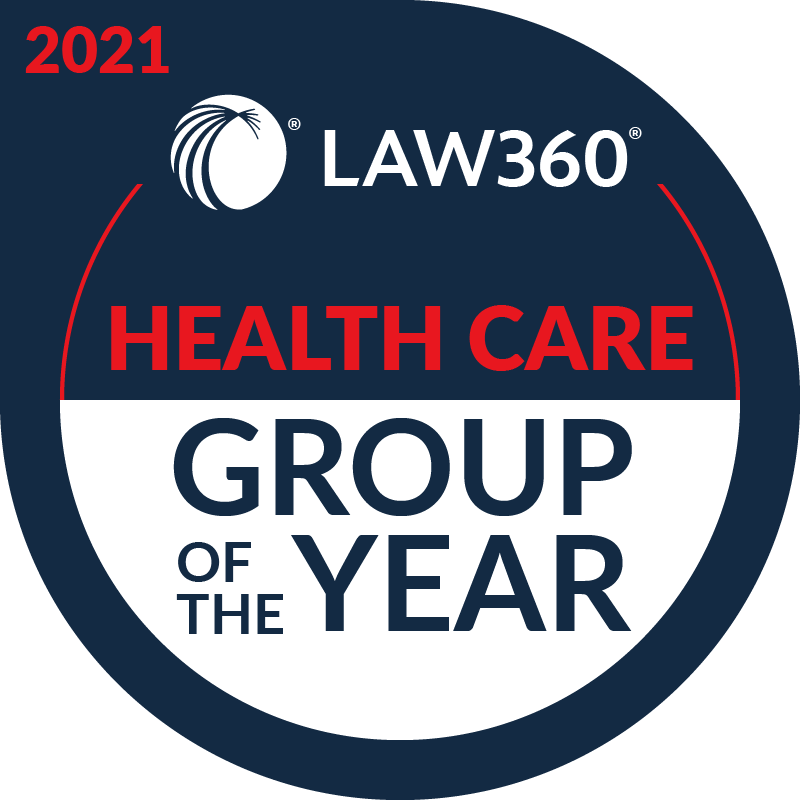For physician practice management (PPM) organizations going through an acquisition processes – whether by a physician group or a private equity firm – one idea should remain top-of-mind: integration must start before the closing.
The Harvard Business Review states that 70 to 90 percent of acquisitions fail because of integration issues, noting that “companies that focus on what they are going to get from an acquisition are less likely to succeed than those that focus on what they have to give it.”
Working toward a smooth transition for employees from day one will not only help boost morale, but also contribute to the value-add of your PPM. With that in mind, below are four key considerations to help implement an efficient and effective integration strategy, ensuring a seamless transition before, during and after the deal is done:
- Put Your People First – As we explored during our annual PPM/ASC Symposium back in March, the first step and greatest challenge in practice integration is ensuring cultural compatibility. For practices with workers that have different working styles and expectations, merging could cause friction points and potential turnover for those dissatisfied with the new conditions. Ensuring systems are in place for immediate employee inclusion is critical. This can begin with something as simple as including them in all-staff communications and keeping them up to date of what’s happening at the company. Feedback systems where merging workforces can share their insights and recommendations can also [...]
Continue Reading
read more

 Subscribe
Subscribe




